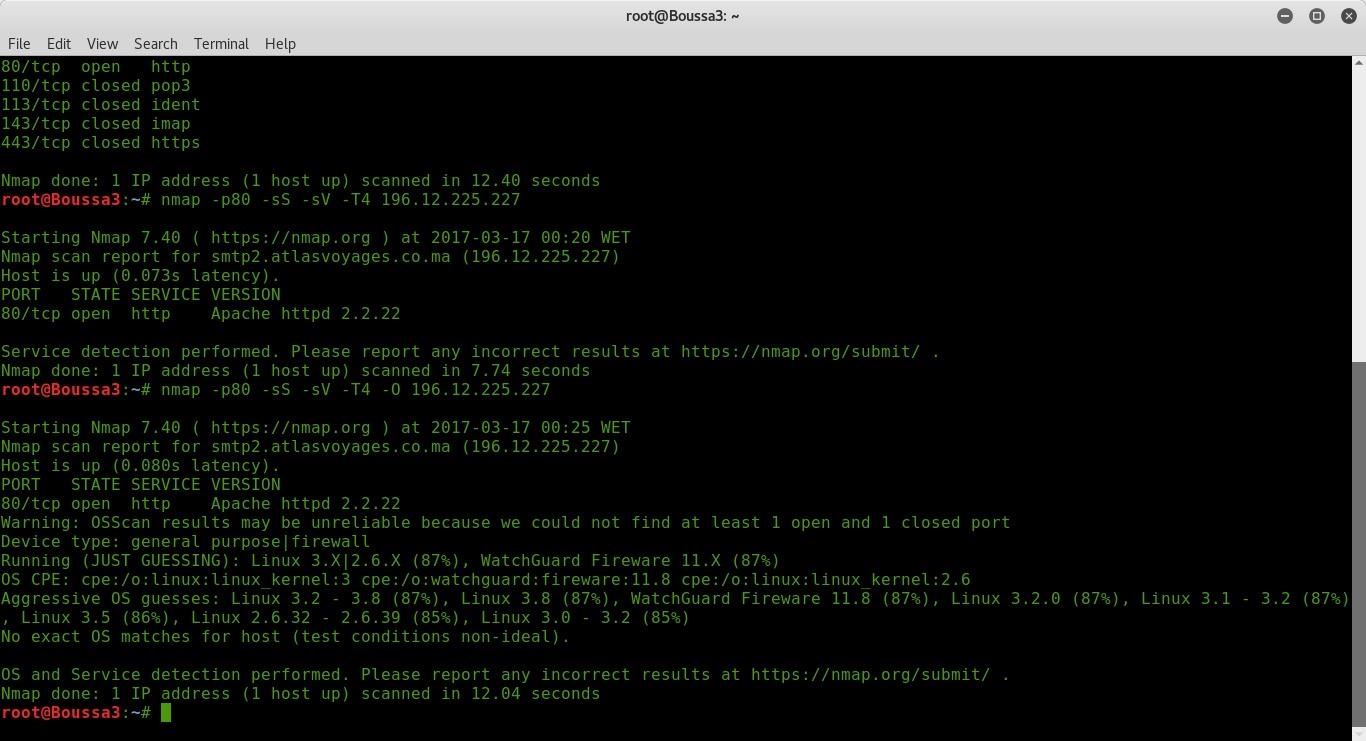

- Apache tomcat exploit install#
- Apache tomcat exploit full#
- Apache tomcat exploit software#
- Apache tomcat exploit code#
This is the default page and it shows that Apache Tomcat is configured on the system.

We can see above that the Apache Tomcat default page is shown when we accessed the target machine IP through the browser. For additional information, please refer to the Apache Tomcat Security Advisory. Exploit the Tomcat vulnerability Enumerate and exploit for the purpose of getting the root The walkthrough.
Apache tomcat exploit install#
=> To address this vulnerability, it is recommended that customers upgrade to one of the following versions of Apache Tomcat: 11.0.0-M3, 10.1.6, 9.0.72, or 8.5.86, or install a newer version. This QID sends a HTTP GET request to a invalid URL and based on the response confirms the vulnerable instance of Apache Tomcat running on the host. This could potentially expose sensitive user data to attackers. Tomcat's RemoteIpFilter, when used with HTTP requests received from a reverse proxy that includes the X-Forwarded-Proto header set to https, may cause session cookies created by Tomcat to be transmitted over an insecure channel if the secure attribute is not included in the cookies.
Apache tomcat exploit software#
=> Apache Tomcat is an open source web server and servlet container developed by the Apache Software Foundation. => Apache Tomcat Information Disclosure Vulnerability (CVE-2023-28708)

Please address comments about any linked pages to. Further, CVEreport does not endorse any commercial products that may be mentioned on these sites. CVEreport does not necessarily endorse the views expressed, or concur with the facts presented on these sites. There may be other websites that are more appropriate for your purpose. No inferences should be drawn on account of other sites being referenced, or not, from this page. We have provided these links to other websites because they may have information that would be of interest to you.
Apache tomcat exploit full#
“These new vulnerabilities face organizations with a new imperative to have full visibility of all digitally connected assets, awareness of what software components they have, and an automated method to remediate and restore these mission-critical devices to full operations.By selecting these links, you may be leaving CVEreport webspace. “These seven vulnerabilities are focused on open source software components and the recent addition of 15 vulnerabilities aimed at industrial control systems are much harder and more time-consuming to remediate than traditional IT vulnerabilities,” Broomhead explained.
Apache tomcat exploit code#
Because no one should still be affected by these vulnerabilities.”īud Broomhead, chief executive at internet of things security platform company Viakoo Inc., noted a trend, saying that the recent additions to the catalog confirm that threat actors are increasingly leveraging open source software and IoT, operational technology and industrial control system devices to provide access and enable remote code execution. For the older ones, if an organization finds they are still using end-of-life applications or haven’t patched for seven-plus-year-old vulnerabilities, it’s time to review their application management procedures. “Standard change management processes should have had these systems updated or out of service long ago, which begs the question of what exploit activity is CISA seeing now that warrants adding these to the Known Exploited Vulnerabilities catalog?” Parkin said. Mike Parkin, senior technical engineer at cyber risk management firm Vulcan Cyber Ltd., told SiliconANGLE that the addition of old CVEs is unusual. Why vulnerabilities dating back as far as 13 years have just appeared in CISA’s catalog did not go without notice. CISA strongly urged all organizations to reduce their exposure to cyberattacks by prioritizing timely remediation of vulnerabilities in the catalog. The vulnerabilities were added to CISA’s Known Exploited Vulnerabilities catalog, a “living list” of known Common Vulnerabilities and Exposure that carry significant risk to federal enterprises. The vulnerabilities include CVE-2023-25717, a multiple Ruckus Wireless Products cross-site forgery request and remote code execution vulnerability CVE-2021-3560, a Red Hat Polkit incorrect authorization vulnerability CVE-2014-0196, a Linux Kernel race condition vulnerability CVE-2010-3904, a Linux Kernel improper input validation vulnerability CVE-2015-5317, a Jenkins user interface information disclosure vulnerability CVE-2016-3427, an Oracle Java SE and JRockit unspecified vulnerability and CVE-2016-8735, an Apache Tomcat RCE vulnerability. Although the vulnerabilities listed are new to CISA’s database, most of the vulnerabilities are old, with one dating back to 2010. The vulnerabilities are described as frequent attack vectors for malicious cyber actors and pose significant risks to federal enterprises. Cybersecurity and Infrastructure Security Agency has added seven new Linux-related vulnerabilities to its catalog and warned that they’re being actively exploited.


 0 kommentar(er)
0 kommentar(er)
